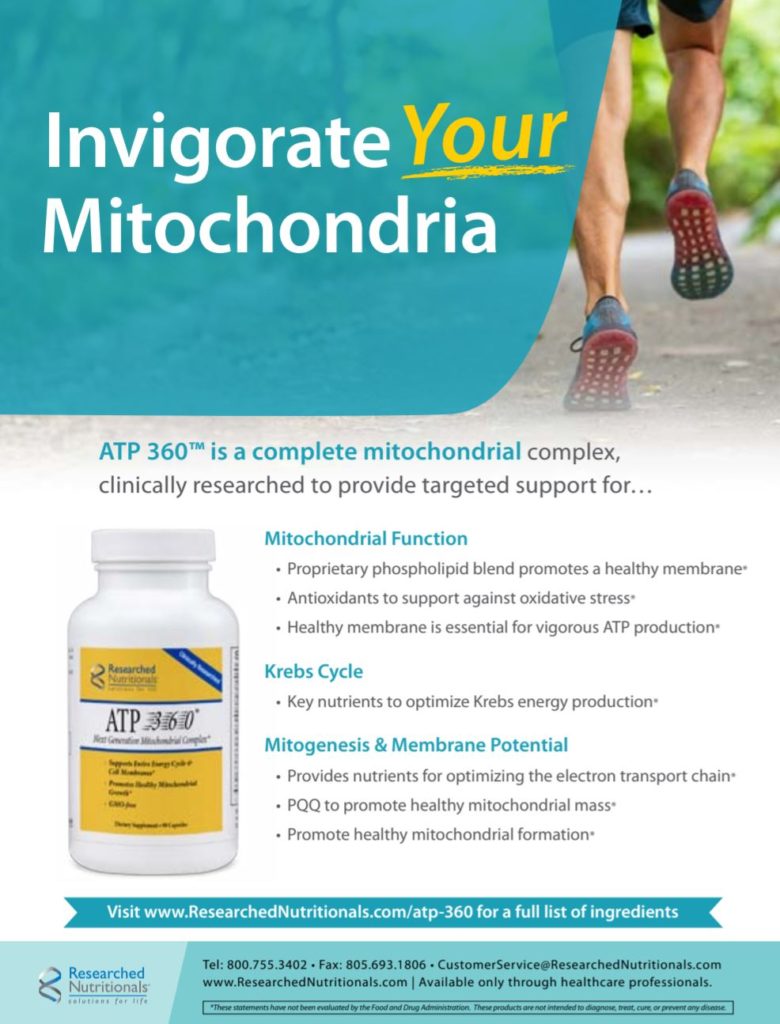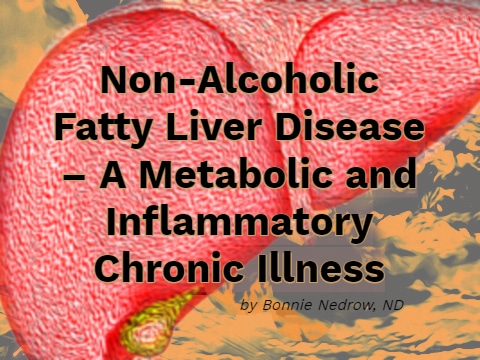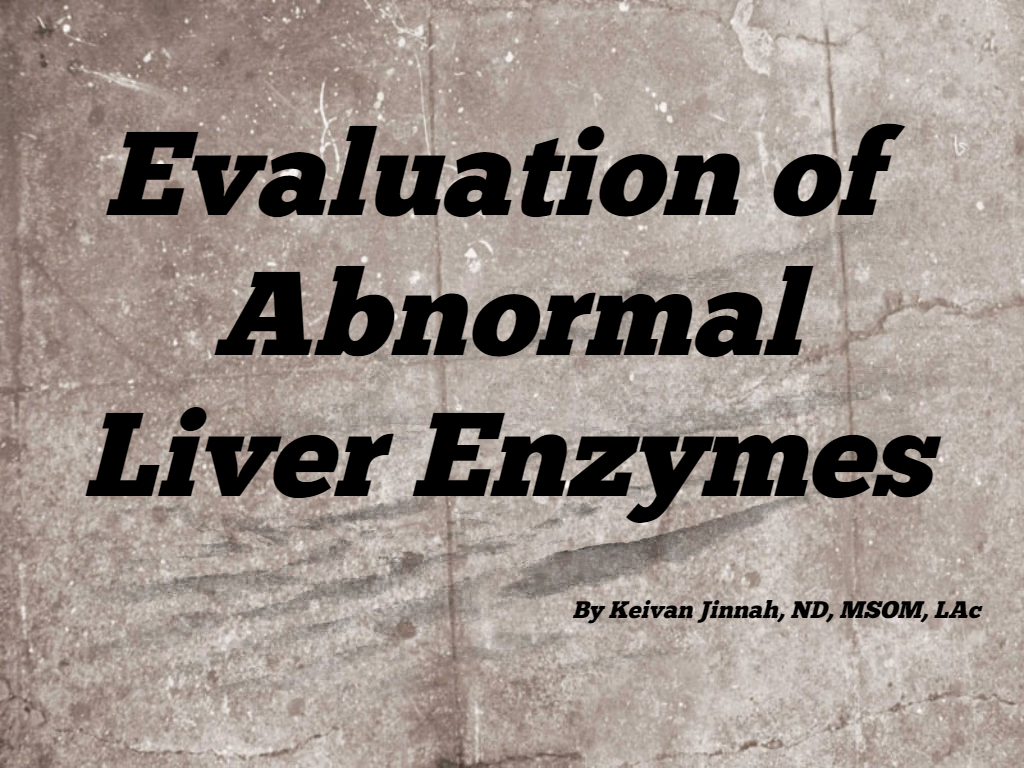By Carrie Decker, ND
As we move well into the 21st century, diseases related to a sedentary lifestyle and an overabundance of food are increasingly common. The rate of type 2 diabetes (T2D), a condition that was estimated to affect 120 million people worldwide in 2000,1 has quadrupled in global incidence over the last three decades.2 Diabetes and obesity are often accompanied by nonalcoholic fatty liver disease (NAFLD), a condition characterized by fat, in the form of triglycerides (TGs), accumulating in the liver.3 Nonalcoholic steatohepatitis (NASH), a more severe form of NAFLD that also involves inflammation, was first described medically in 1952 and not identified as a disease until 1980.4,5 Nowadays, recent surveys have shown that about 30 to 40% of adults have NAFLD and 3 to 12% are affected by NASH.6,7 The numbers are shockingly high in those who are obese or affected by diabetes: 30 to 90% of individuals who are obese and 60 to 75% of individuals with T2D have NAFLD.8,9,10
Botanical substances with clinical evidence for their use in the setting of NAFLD are milk thistle and berberine. Many are well acquainted with milk thistle as a hepatoprotective herb and with berberine’s metabolic regulating aspects, but they may not be aware of the clinical data in the setting of NAFLD, which will be reviewed herein. Additionally, two nutritional interventions that we probably don’t think of as agents for metabolic and liver disease, melatonin and molecular hydrogen, also have clinical evidence suggesting they may be of benefit and will be discussed in regard to their use for these conditions.
Milk Thistle
Milk thistle (Silybum marianum) is well known for its liver-protective effects. Not surprisingly, this botanical has also been investigated for the treatment of NAFLD in several clinical studies. The active compounds found in milk thistle, silybin and silymarin, have been shown to activate a nuclear bile acid receptor known as farnesoid X receptor (FXR) in hepatocytes. FXR regulates bile acid, glucose, and lipid metabolism11—each of which plays a role in liver health. Activation of FXR by silymarin has been shown to down-regulate inflammatory pathways and metabolic dysfunction induced by high-fat diet (HFD) feeding.12Medications that interact with FXR in a similar manner to these milk thistle–derived compounds are also being investigated for the treatment of NAFLD.13 Silymarin has additionally been shown to increase both hepatic and intestinal glutathione levels, which tend to be lower in individuals with NAFLD.14,15
Clinical studies have shown milk thistle improves various parameters associated with NAFLD. A 2017 meta-analysis found that treatment with milk thistle significantly reduces alanine aminotransferase (ALT) and aspartate aminotransferase (AST) by 5.08 IU/L and 5.44 IU/L, respectively, in patients with NAFLD.16 Dosages ranged from 140 mg once a day to 200 mg three times a day, for a duration of eight to 24 weeks. After eight weeks at the lowest dosage of 140 mg daily, significant improvements were seen in fasting blood glucose (FBG), lipid profiles, and serum insulin levels; additionally, AST and ALT were reduced from 56 to 37.77 IU/L and 78.73 to 53.05 IU/L, respectively.17
Milk thistle has also been investigated for the treatment of NAFLD in children ranging from five to 16 years of age.18 In this population, silymarin was provided in divided dosages at mealtime with a total dose of 5 mg/kg/day. Children diagnosed with NAFLD (based on history, physical examination, liver sonography, and liver enzymes) were randomized into two groups, with the control and intervention groups both being recommended lifestyle interventions (LI) of 150 to 250 minutes of walking a week and a low-fat and low-carbohydrate diet. After 12 weeks of the interventions, the children receiving silymarin in addition to LI had a significantly lower grade of fatty liver and significantly improved AST and ALT levels, while none of these parameters changed significantly in the control group.
Berberine
Berberine is another botanically derived substance that has numerous mechanisms by which it may help protect against NAFLD and support its resolution.19
The antidiabetic and lipid-balancing effects of berberine have been demonstrated in several clinical trials,20 and may be means via which berberine positively affects liver function. Berberine has been shown to alter metabolism-related gene expression and bile acid metabolism via pathways involving FXR as well.21 In animals, berberine has been shown to have the effect of preventing HFD-associated obesity and hepatic triglyceride accumulation in wild-type (normal) mice, but not in those that had the genetic elimination of intestinal FXR expression. Berberine has also been shown to suppress obesity-associated inflammation and hepatic steatosis in mice by decreasing phosphorylation of the inflammatory complex known as JNK1,22 a protein kinase implicated in the development of steatohepatitis.23 JNK1 is strongly activated by environmental stressors and pro-inflammatory cytokines. Berberine also has direct anti-inflammatory effects.24
Liver enzyme elevation and fatty liver changes are often seen in gastrointestinal conditions including small intestinal bacterial overgrowth (SIBO),25 celiac disease,26 and inflammatory bowel disease.27 Common to each of these conditions is dysbiosis and increased gastrointestinal permeability, which conventional hepatologists and gastroenterologists even point to as an underlying factor contributing to NAFLD.28,29 The action of berberine in the gut also may be a mechanism via which it improves fatty liver changes, as it has been shown to affect the gut microbial balance and improve tight junction integrity, reducing intestinal permeability.30,31,32
Please, enjoy these free articles, courtesy of the Townsend Letter!
The benefits berberine offers for NAFLD have also been demonstrated in a randomized, parallel controlled, open-label clinical trial.33 Patients with NAFLD (diagnosed if liver fat content exceeded 13%, as assessed by proton magnetic resonance spectroscopy) were prescribed LI changes (diet and exercise per standard guidelines), while one of the groups was additionally prescribed berberine, at a dose of 500 mg thrice daily for 16 weeks. At the end of the study period, the group additionally receiving berberine had significantly lower hepatic fat content and body weight as well as improved glucose and lipid profiles compared to the population who only implemented LI changes. Interestingly, the parallel animal model showed that berberine preferentially distributes to the liver following oral administration, with levels shown to be more than 50 times higher in the liver than the plasma.
…article continues on next page…








